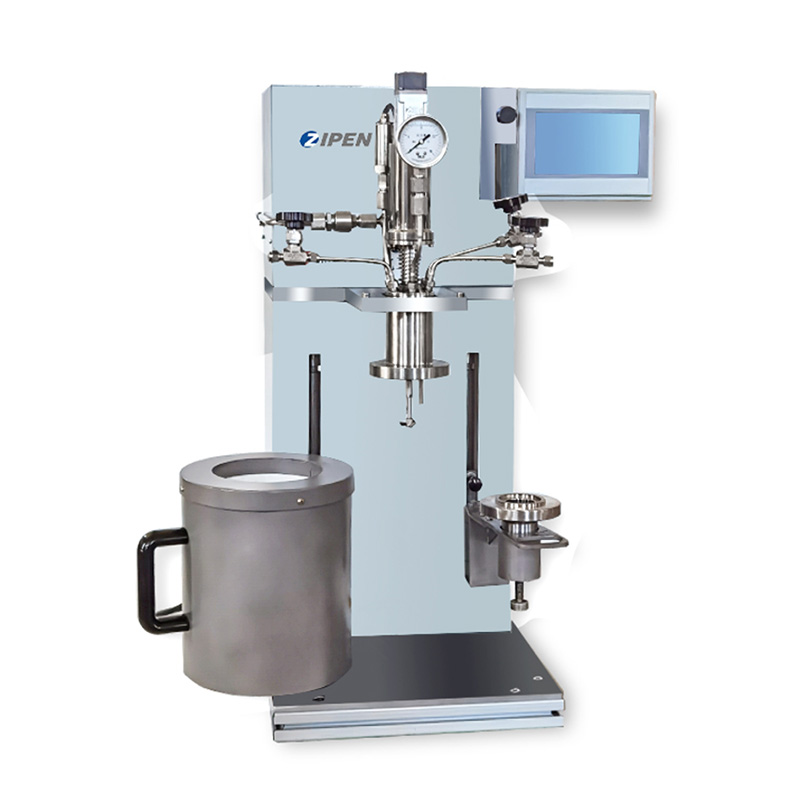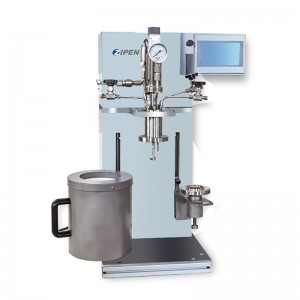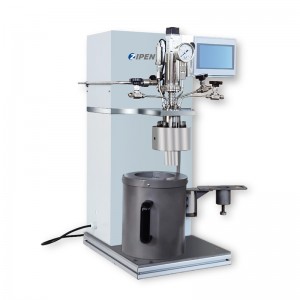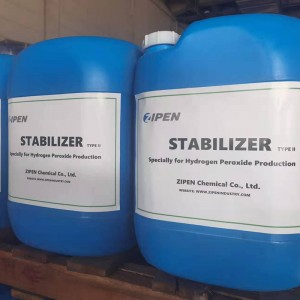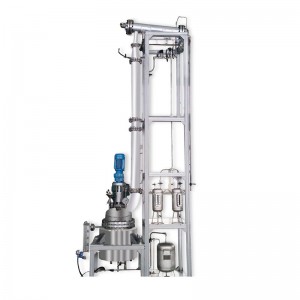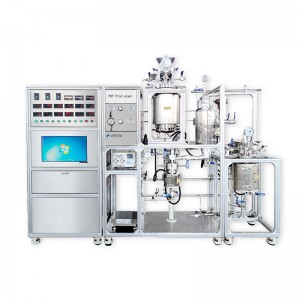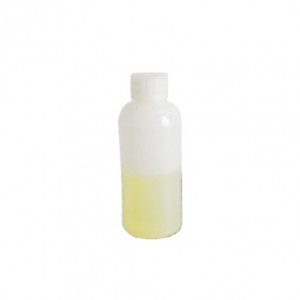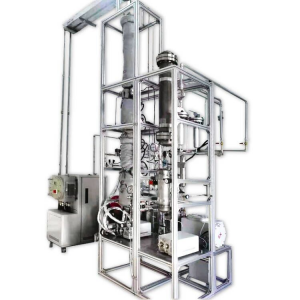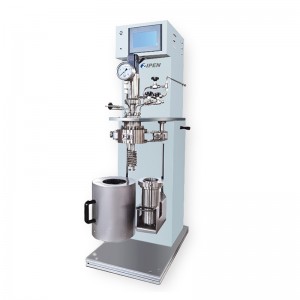Bench Top Reactor, Floor stand Reactor
The reactor can be made of S.S 316, S.S304, Titanium, Hastelloy, etc. It can also be manufactured according to the materials specified by user.
The design pressure is 120bar and the working pressure 100bar. The design pressure is 350℃, while working pressure is 300℃. Once the working temperature is over 300℃, the reactor will alarm and the heating process will stop automatically.
We can also supply high pressure and high temperature reactors which are available for reaction with pressure higher than 100bar, temperature higher than 300℃.
Different volumes are available:
50-300ml, 500ml and 1000ml for bench top magnetic stirred reactor.
500ml, 1000ml and 2000ml for Floor stand magnetic stirred reactor.
What is the feature of the magnetic stirred reactor?
Features
1. Magnetically sealed stirring
2. Bench Top volume: 50ml-1L; Floorstand volume: 500ml-2000ml.
3. Max. temperature: 350℃, Max. pressure: 12MPa
4. Cylinder material: 316 stainless steel (customized: titanium, monel, zirconium, etc.)
5. Control system: Touch screen, collapsible and integrated design.
What is the magnetic stirred reactor used for?
It is suitable for petrochemical, chemical, pharmaceutical, polymer synthesis, metallurgy and other fields. This is the most ideal device for chemical reactions under high temperature and high pressure.
Target customers
Laboratories in universities, research institutes and corporate.
Related experiments
Catalytic reaction, polymerization reaction, supercritical reaction, high-temperature and high-pressure synthesis, hydrogenation reaction, hydrometallurgy, esterification reaction, perfume synthesis, slurry reaction.
Pentafluoroethyl iodide synthesis, ethylene oligomerization, hydrodesulfurization, hydrodenitrogenation, oxide hydrogenolysis, hydrodemetalization, unsaturated hydrocarbon hydrogenation, petroleum hydrocracking, olefin oxidation, aldehyde oxidation, liquid phase oxidation Impurity removal, catalytic coal liquefaction, rubber synthesis, lactic acid polymerization, n-butene isomerization reaction, hydrogen reaction, polyester synthesis reaction, p-xylene oxidation reaction.


